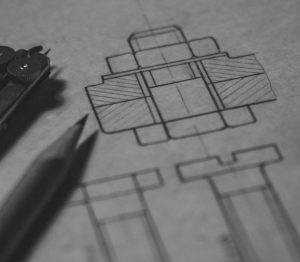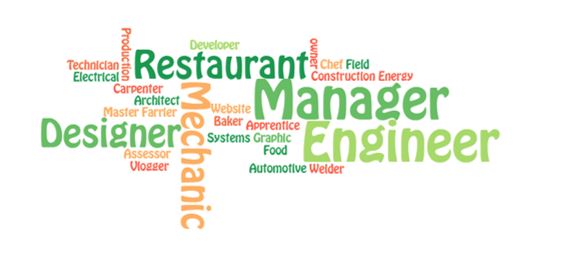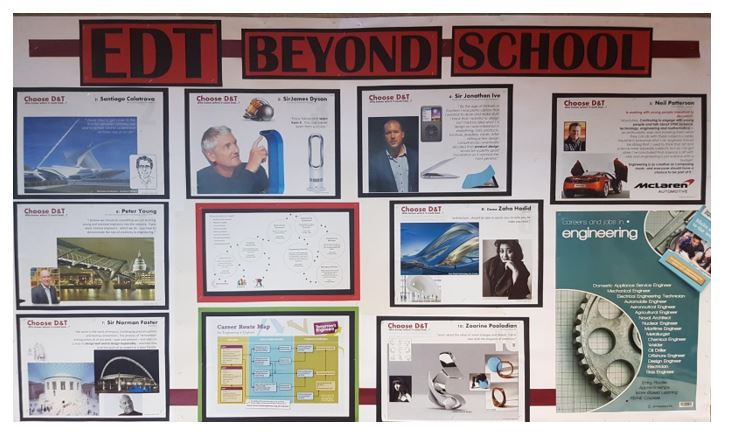EDT at Paulet

How do students learn in KS3 EDT?
Here at Paulet, Design and technology is an inspiring, rigorous and practical subject. Using creativity and imagination, pupils design and make products that solve real and relevant problems within a variety of relevant and current contexts, considering their own and others’ needs, wants and values. They develop a curiosity for the designed world that we live in. How is it designed? How does it work? Learning takes place through a variety of activities covering design tasks through to practical hands on, making activities. Students get the opportunity to experience a wide range of materials and technologies.
Students are taught how to cook and to apply the principles of nutrition and healthy eating. Students will understand how to cook a repertoire of dishes, so that they are able to feed themselves and others a healthy and varied diet. By the end of Ks3 they will become competent in a range of cooking techniques.
How are careers linked to in KS3?
Students are informed about the wide range of careers that are available through choosing Design and Technology in school and as a career path.
Throughout the curriculum teachers set context within their lessons and frequently link their learning to industry and the outside world.


What topics are covered and when in each year group? What is the sequence of teaching?
The EDT scheme of learning builds on key skills and knowledge year on year. Starting with the basic skills and knowledge developing the foundations of design and technology.
| Year 7 | Year 8 | Year 9 | |
| Food | Introduction to Food preparation and Nutrition
Healthy eating 5 a day |
Building on your food knowledge and skills
Eat Italian |
Foods from around the world |
| Textiles | Introduction to Textiles
|
Building on your Textiles knowledge and skills
|
Developing your e-textiles knowledge
|
| Product Design | Introduction to Electronics/Graphics
A pop-up storybook and steady hand game. |
Building on your Electronics knowledge and skills
‘Electronic timer’ |
Mastering your Skills
‘Heavy metal’ Metal Sculpture |
How are students assessed in KS3 EDT?
Students are assessed throughout KS3 covering five different areas over the course of Ks3 ; Investigating, Planning, Designing, Making and Evaluating. Home learning also plays a part along with practical outcomes.
Throughout lessons students receive regular feedback on their work
Students are given written and visual feedback where appropriate
Each unit of work has a project front sheet containing the assessment criteria for the unit.
Home Learning
Home learning takes many forms in EDT. This can include Researching current issues and new technologies such as ‘Biomimicry’. Designing a healthy eating plan. Researching and Designing a range of sustainable products in the ‘scrap heap’ challenge. All of the activities are set to compliment the learning that takes place in lessons. Broader activities are set to deepen students understanding.
Extra-curricular opportunities
Trips out to industry
D&T clubs- STEM activities
Cross curricular events
Cultural capital
Students gain an understanding of the technological world that surrounds them. Students gain understanding of international design practice and design heritage across different cultures and how technology is pushing forwards and advancing the world.
